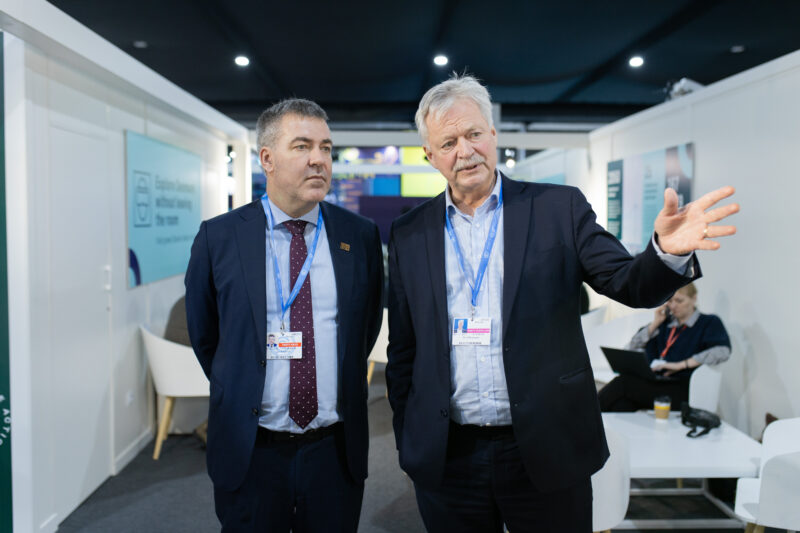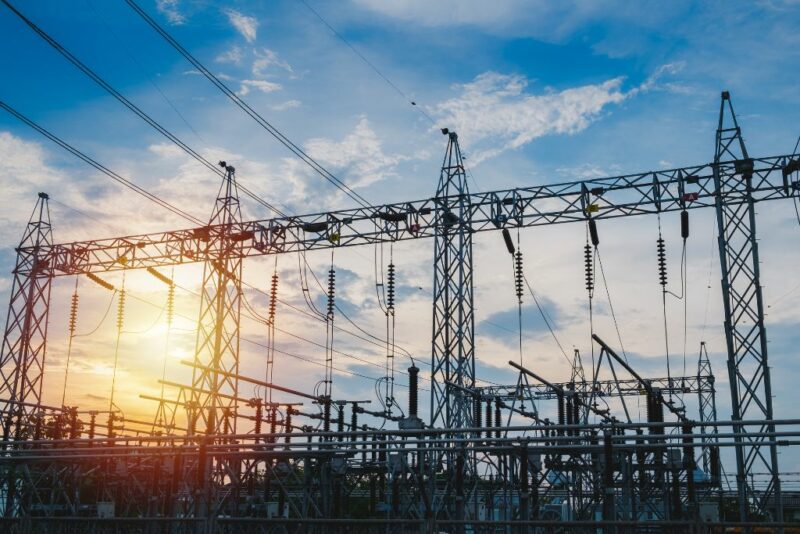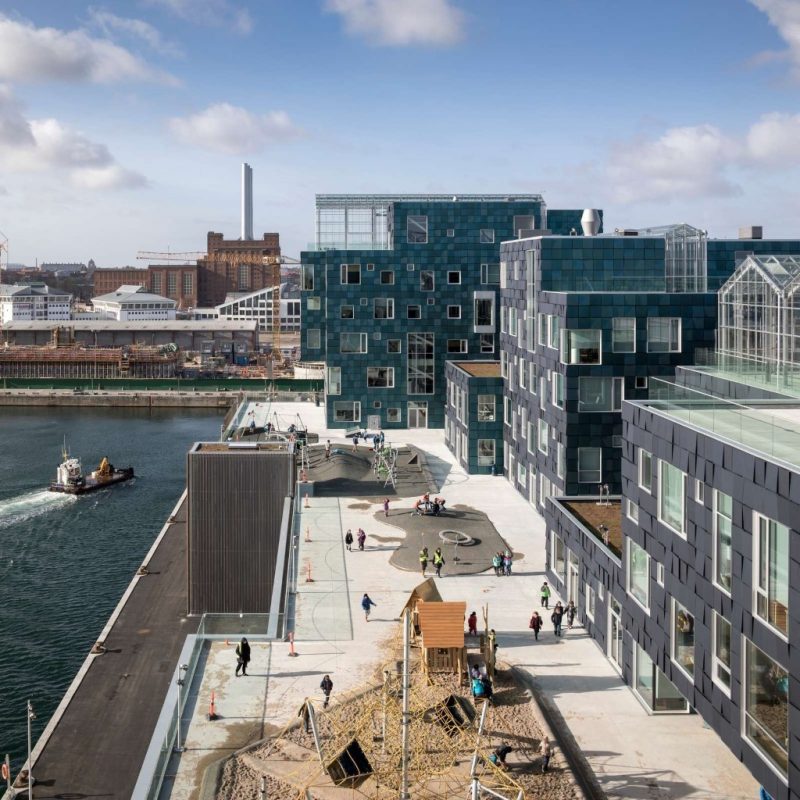News
From Black to Green: A state-owned energy company’s shift and the framework that made it possible


Today, the Danish Minister for Climate, Energy and Utilities, Dan Jørgensen, presents the report “From Black to Green: A Danish Sustainable Energy Growth Story” as part of his participation in the 2021 P4G Seoul Summit.
Across the globe, policy makers and commercial entities are grappling with the challenge of how to transition from a power system based on fossil fuels to renewables. The report dives into the complex challenges from Denmark’s transition and offers positive and challenging lessons learned from Ørsted's transition into a global leader within green energy . The main conclusion is clear:
with the right regulatory framework in place, it is not just possible but also vital for energy companies to transition to green energy, if they want to stay competitive and profitable going forward.
Market trends in 2020 show this clearly. Ørsted, having a share of 90 per cent renewable energy in the portfolio compared to 85 per cent fossil fuels in 2006, has doubled its market capitalisation in two years. At the same time, major European oil and gas companies have committed to ambitious renewable energy targets.
“By sharing the story of how an entirely state-owned energy company succeeded in transitioning from black to green, we hope to inspire not only policy makers and regulators, but also other energy companies around the world to do the same and embark on a path towards greener energy,” as Dan Jørgensen, Denmark’s Minister of Climate, Energy and Utilities, says in the report’s foreword.
Related news: Our Green Business Transformation – What we did and lessons learned
As a result of the dedicated shift to green energy, Denmark consistently ranks in top three of the World Energy Council’s Energy Trilemma Index, based on its performance within energy equity, environmental sustainability and energy security. Further, Denmark is ranked by the International Energy Agency as the most advanced country in integration of variable renewable energy – with 50 per cent of gross electricity consumption supplied by wind and solar in 2020.
Recommendations: Stable framework conditions and clear business strategies
Some learnings from the Danish green transition include the importance of energy planning, demonstration projects, economic incentives, competition, permitting and de-risking, in order to incentivise a shift to green energy.
As recommended in the report, energy planning should be: (1) long-term, (2) transparent, (3) stable and (4) supported by the legislation through concrete reforms to create a stable environment for decision-making and long-term strategies for companies and investors.
Based on Ørsted’s transition, key recommendations for other energy companies include:
Create a sustainable vision:
- Make good use of the long-term planning policies in place
- Contextualise the strategy to the regulatory framework
- Develop a holistic vision within the dynamic landscape
Develop an exit strategy for fossil fuels:
- Engage actors and government agencies in the divestment plans
- Re-evaluate the asset to fit the future of the sector
- Abandon investments when regulations and public opposition hinder future opportunities
Develop an entry strategy for renewable energy:
- Attract finance to new renewable energy projects validating the proof of concept
- Engage, align and educate stakeholders
- Be a first mover: enjoy the benefits and be ready for the challenges
- Value joint ventures: share the skills
- Build up human resources: harvest internally, retrain personnel, create synergies with existing base and attract new talents
Download the report and read more about the lessons from the Danish energy transition in general and Ørsted’s energy transition in particular here.
The report is published by State of Green, based on contributions from the Danish Energy Agency, and interviews from senior experts from government, academia and Ørsted.
About Ørsted:
DONG (Danish Oil and Natural Gas Company) was established in 1974, as a 100 per cent state-owned energy company. In 2006, after a merger of six power companies, DONG Energy A/S had a portfolio based 85 per cent on fossil fuels, making it one of the most coal-intensive companies in Europe, and responsible for around one third of Danish emissions. At that time it was 73 per cent owned by the Danish state. In 2019, two years after the company changed its name to Ørsted, the company had successfully implemented a new green business model, with a portfolio of 90 per cent renewable energy, and more than doubled market capitalisation in two years. The company remains 50.1 per cent owned by the Danish state. Ørsted has set a target of carbon neutrality from their energy production in 2025 and climate neutrality for their whole supply chain by 2040, in line with the Paris Agreement’s 1.5 degree goal.
You should consider reading
solutions
Combined heat and power production
+6
CopenHill: The story of the iconic waste-to-energy plant
20 November 2024solutions
Energy efficiency in buildings
+2















